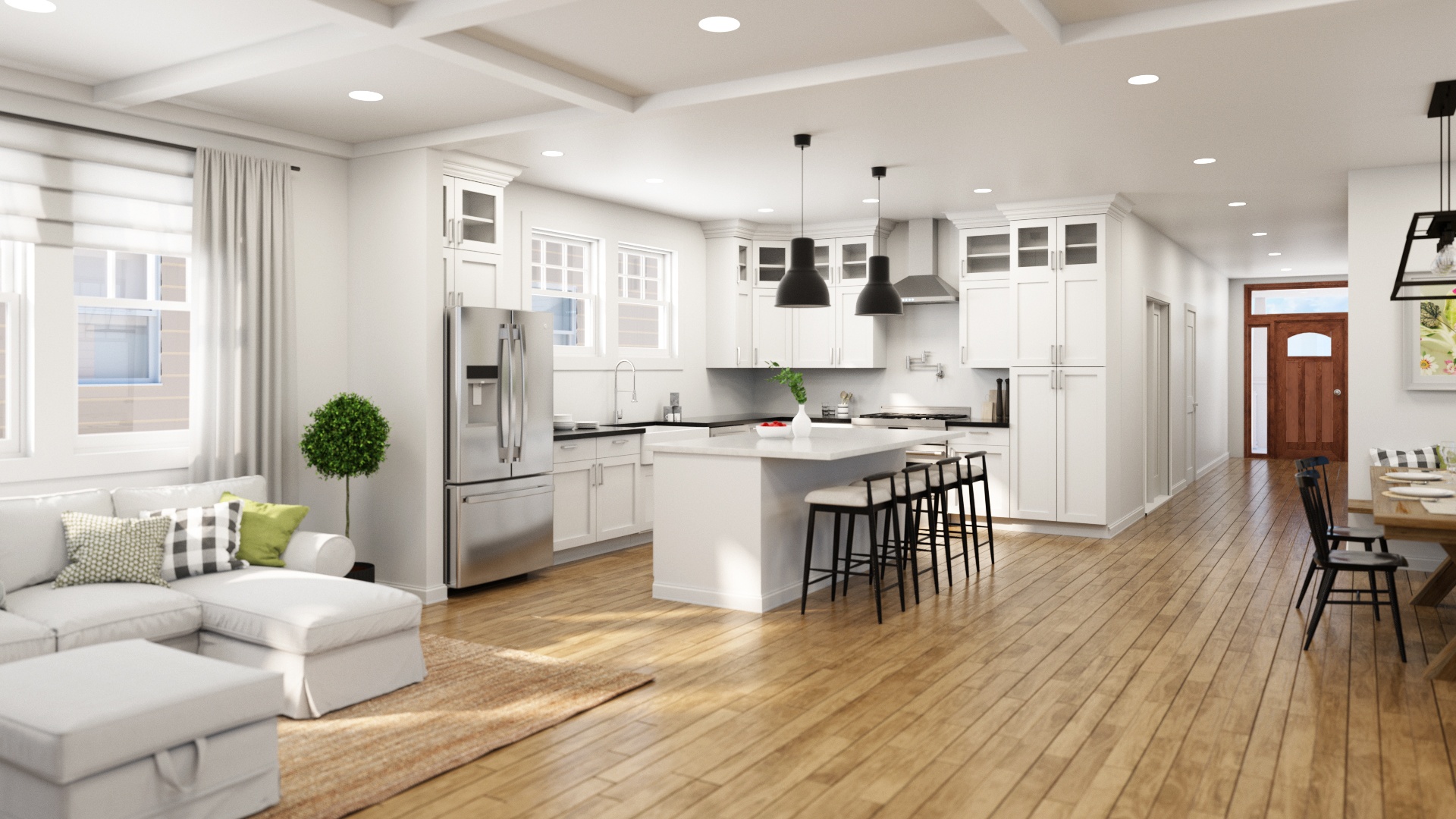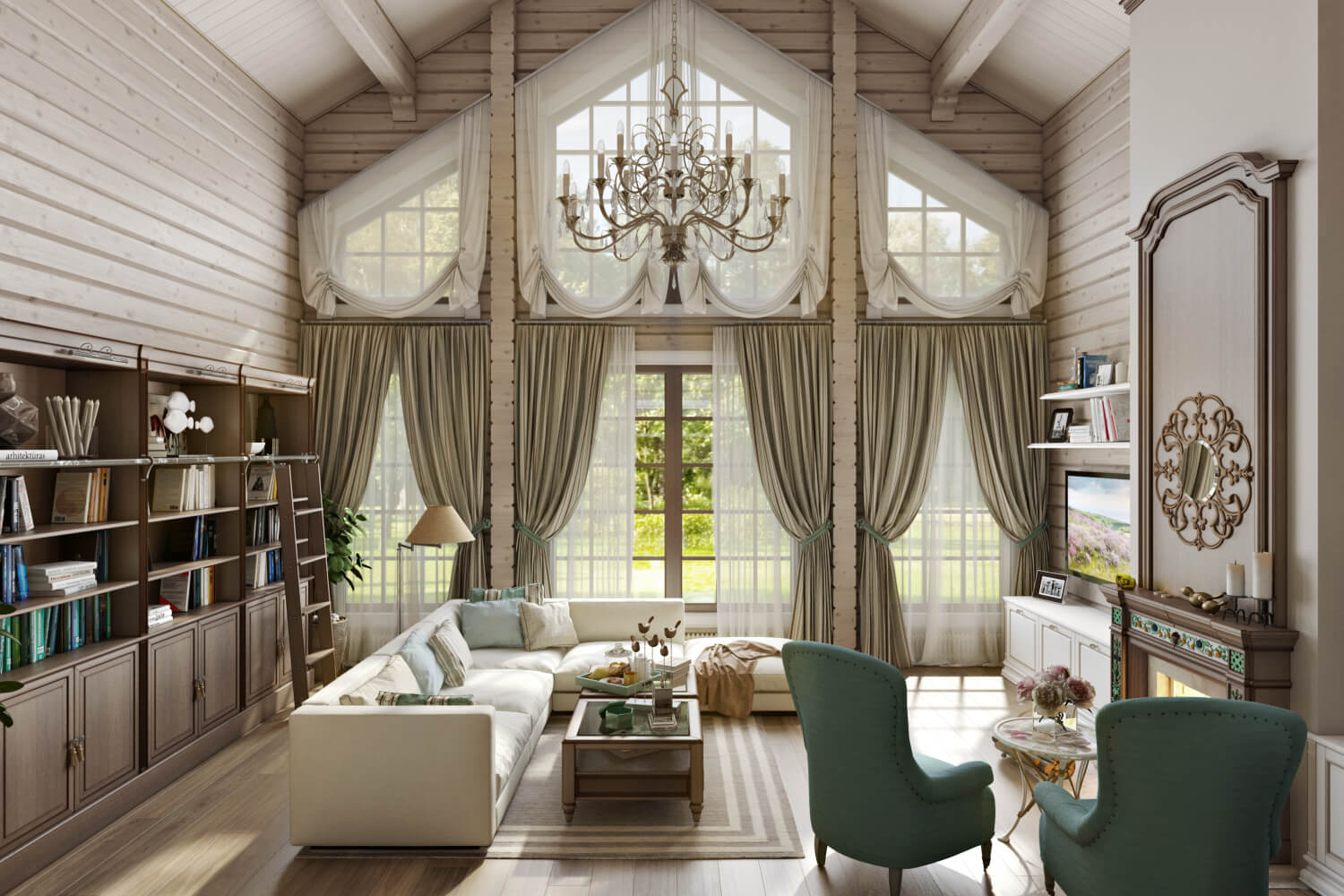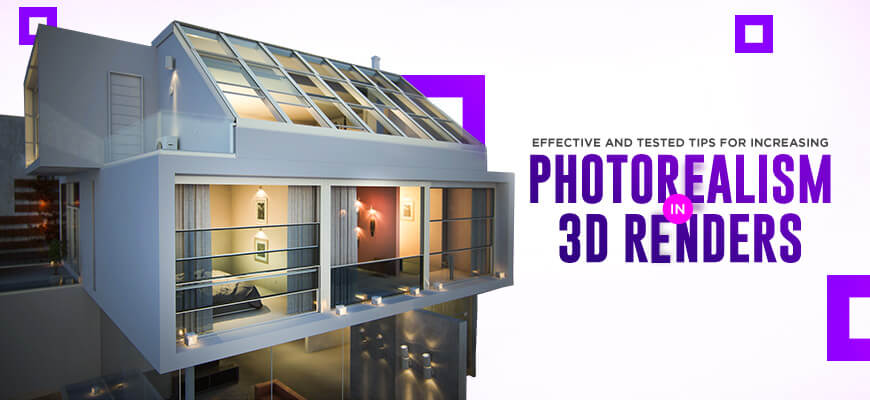Overview of Photorealistic rendering
Photorealistic rendering is a technique used to create highly realistic images and animations that closely resemble photographs. This technique is often used in various industries such as architecture, product visualization, gaming, and animation. The process of photorealistic rendering involves simulating the behavior of light and materials in a virtual environment, and then using that information to create an image that mimics the way a real-world camera would capture the scene.

Photorealistic rendering software
There are various software and tools available for creating photorealistic renders, such as Keyshot, Vray, Blender, and more. Each software has its own set of features and capabilities, and it is important to choose the one that best suits your project or workflow. Keyshot, for example, is known for its user-friendly interface and ability to quickly create photorealistic renders of products and architecture, while Vray is widely used in the film and animation industry for its powerful rendering capabilities. Blender, on the other hand, is a free and open-source software that can be used for both photorealistic and non-photorealistic rendering.
Usefulness of photorealistic rendering for visual learning
The benefits of using photorealistic rendering in education and training cannot be overstated. Photorealistic rendering can be used to visualize complex concepts and ideas in a way that is easy to understand and engage with. It can also be used to create virtual environments for training purposes, such as simulations of industrial processes or emergency scenarios. This can provide a level of realism that is hard to achieve with traditional 2D diagrams or illustrations.

Non-Photorealistic rendering
Non-photorealistic rendering is a technique used to create stylized or exaggerated images that do not mimic reality. It is often used in different fields such as architecture, animation, gaming, and concept art. Unlike photorealistic rendering, non-photorealistic rendering is not limited by the laws of physics and can be used to create abstract or surreal images. It can also be used to create a specific visual style or mood.
Unity non-photorealistic rendering
Unity, a popular game engine, also has built-in tools and assets for creating non-photorealistic renders. These tools can be used to create stylized or exaggerated visuals that do not mimic reality. This is particularly useful for creating unique and visually striking game environments. There are also various tutorials and examples available online for learning how to use Unity’s NPR tools and assets.
Photorealistic architectural rendering
Photorealistic architectural rendering is a technique used to create highly realistic visualizations of building designs. This can be used to showcase a building’s design and features before it is built. It can also be used for architectural presentations, marketing materials, and more. Various software such as SketchUp, Vray and Lumion can be used for creating photorealistic architectural renders.

Photorealistic 3D rendering and video animation in Keyshot
Keyshot is a popular software for creating photorealistic 3D renders and animations, particularly in the field of architectural visualization and product rendering. Keyshot’s user-friendly interface and real-time rendering capabilities make it an excellent choice for creating high-quality photorealistic images and animations quickly and efficiently. There are also various tutorials and examples available online for learning how to use Keyshot for architectural visualization and product rendering.
An interactive photo-realistic volume rendering framework
Researchers and developers are constantly working on new techniques and frameworks for creating interactive and photo-realistic volume rendering. These techniques allow for greater realism and immersion in virtual environments, and have potential applications in fields such as medicine, geology, and engineering.
Photorealistic house rendering
Photorealistic rendering can also be used to create highly realistic visualizations of house interiors and exteriors. This can be used for architectural presentations, marketing materials, and even virtual home staging. Various software such as SketchUp, Vray and Lumion can be used for creating photorealistic house renders.
Photorealistic rendering in engineering
Photorealistic rendering has various applications in engineering fields such as mechanical engineering, automobile design, and aerospace. Engineers can use photorealistic rendering to visualize and test designs before they are built, helping to identify potential issues and make necessary adjustments. Various software such as Solidworks, Creo and Catia can be used for creating photorealistic engineering renders.
Photorealistic rendering in architecture
Photorealistic rendering is widely used in architectural visualization, interior design, and landscaping. It allows architects and designers to showcase their designs in a highly realistic way, helping clients to better envision the final product. Various software such as SketchUp, Vray and Lumion can be used for creating photorealistic architectural renders.
Photorealistic rendering in ArchiCAD
ArchiCAD is a popular software for creating architectural designs, it also has built-in tools for creating photorealistic renders. These tools can be used to create highly realistic visualizations of architectural designs. There are also various tutorials and examples available online for learning how to use ArchiCAD for photorealistic rendering.

Photorealistic rendering in art
Photorealistic rendering can also be used in digital art and painting. t allows artists to create highly realistic and detailed images, with the ability to control lighting and materials in a way that mimics the real world. This can be used for creating digital paintings, concept art, and more. Various software such as Corel Painter, Photoshop, and Zbrush can be used for creating photorealistic art.
Photorealistic rendering in AutoCAD
AutoCAD is a popular software for creating 2D and 3D technical drawings, it also has built-in tools for creating photorealistic renders. These tools can be used to create highly realistic visualizations of architectural designs, engineering parts and more. There are also various tutorials and examples available online for learning how to use AutoCAD for photorealistic rendering.

Photorealistic rendering for augmented reality using environment illumination
Photorealistic rendering can also be used in creating augmented reality experiences. One of the key aspects of this is to simulate the lighting of the real world environment to make the augmented objects look as if they are physically present. This can be used for creating interactive and immersive AR experiences for architecture, product visualization, and more.
Conclusion
Photorealistic rendering is a powerful technique that can be used to create highly realistic images and animations. It has various applications in different fields such as architecture, product visualization, gaming, and animation. There are various software and tools available for creating photorealistic renders, each with its own set of features and capabilities. Additionally, non-photorealistic rendering is also a technique used to create stylized or exaggerated images that do not mimic reality. It also has different applications in architecture, animation, gaming, and concept art. Understanding the difference and how to use them will help in achieving the desired outcome.





